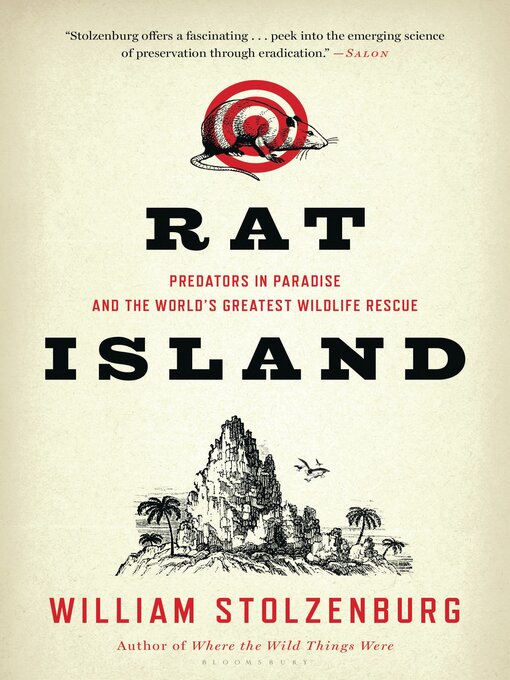Rat Island rises from the icy gray waters of the Bering Sea, a mass of volcanic rock covered with tundra, midway between Alaska and Siberia. Once a remote sanctuary for enormous flocks of seabirds, the island gained a new name when shipwrecked rats colonized, savaging the nesting birds by the thousands. Now, on this and hundreds of other remote islands around the world, a massive-and massively controversial-wildlife rescue mission is under way.
Islands, making up just 3 percent of Earth's landmass, harbor more than half of its endangered species. These fragile ecosystems, home to unique species that evolved in peaceful isolation, have been catastrophically disrupted by mainland predators-rats, cats, goats, and pigs ferried by humans to islands around the globe. To save these endangered islanders, academic ecologists have teamed up with professional hunters and semiretired poachers in a radical act of conservation now bent on annihilating the invaders. Sharpshooters are sniping at goat herds from helicopters. Biological SWAT teams are blanketing mountainous isles with rat poison. Rat Island reveals a little-known and much-debated side of today's conservation movement, founded on a cruel-to-be-kind philosophy.
Touring exotic locales with a ragtag group of environmental fighters, William Stolzenburg delivers both perilous adventure and intimate portraits of human, beast, hero, and villain. And amid manifold threats to life on Earth, he reveals a new reason to hope.


